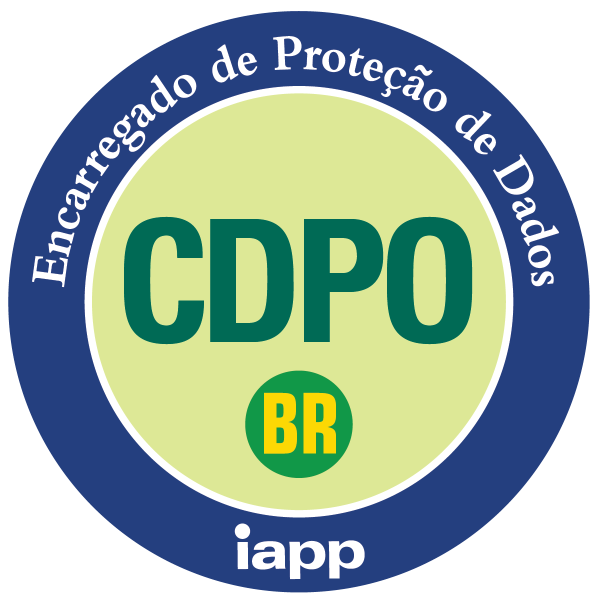“An analysis of how information is handled: (i) to ensure handling conforms to applicable legal, regulatory and policy requirements regarding privacy; (ii) to determine the risks and effects of collecting, maintaining and disseminating information in identifiable form in an electronic information system, and (iii) to examine and evaluate protections and alternative processes for handling information to mitigate potential privacy risks.” PIAs should disclose what PII is being collected, why it is being collected, what the intended uses of the PII are, whom the PII will be shared with, what opportunities individuals will have to opt-out of PII collection or use, how the PII will be secured, whether a system of records is being created under the Privacy Act and an analysis of the information life cycle. Checklists or tools used to ensure that the system used to collect personal information is evaluated for privacy risks, designed with lifecycle principles in mind and made to ensure that effective and required privacy protection measures are used. A PIA should be completed pre-implementation of the privacy project, product, or service and should be ongoing through its deployment. The PIA should identify these attributes of the data collected: what information is collected; why it is collected; the intended use of the information; with whom the information is shared, and the consent and choice rights of the data subjects. The PIA should be used to assess new systems, significant changes to existing systems, operational policies and procedures and intended use of the information. PIAs should also be used before, during, and after mergers and acquisitions. An effective PIA evaluates the sufficiency of privacy practices and policies with respect to existing legal, regulatory and industry standards, and maintains consistency between policy and operational practices.
Talk privacy and network with local members at IAPP KnowledgeNet Chapter meetings, taking place worldwide.
IAPP Job BoardLooking for a new challenge, or need to hire your next privacy pro? The IAPP Job Board is the answer.
IAPP CalendarReview a filterable list of conferences, KnowledgeNets, LinkedIn Live broadcasts, networking events, web conferences and more.
 Chinese Personal Information Protection (CIPP/CN)
Chinese Personal Information Protection (CIPP/CN)
Learn compliance with the three major laws (PIPL, CSL, DSL) forming the framework of Chinese privacy.
Artificial Intelligence Governance ProfessionalLearn how to create and implement policies and procedures that make the most of AI’s potential by reducing its risks.
European Data Protection (CIPP/E)Understand Europe’s framework of laws, regulations and policies, most significantly the GDPR.
U.S. Private-Sector Privacy (CIPP/US)Steer a course through the interconnected web of federal and state laws governing U.S. data privacy.
Canadian Privacy (CIPP/C)Learn the intricacies of Canada’s distinctive federal/provincial/territorial data privacy governance systems.
Privacy Program Management (CIPM)Develop the skills to design, build and operate a comprehensive data protection program.
Privacy in Technology (CIPT)Add to your tech knowledge with deep training in privacy-enhancing technologies and how to deploy them.
Foundations of Privacy and Data ProtectionIntroductory training that builds organizations of professionals with working privacy knowledge.
 Privacy Law Specialist Training (PLS)
Privacy Law Specialist Training (PLS)
Meet the stringent requirements to earn this American Bar Association-certified designation.
 CIPP/CN Certification
CIPP/CN Certification
For professionals who are responsible for compliance with China's major privacy laws - PIPL, DSL, CSL.
 AIGP Certification
AIGP Certification
Ensures individuals responsible for AI systems can reduce the risks associated with this technology.
 CIPP Certification
CIPP Certification
The global standard for the go-to person for privacy laws, regulations and frameworks
 CIPM Certification
CIPM Certification
The first and only privacy certification for professionals who manage day-to-day operations
 CIPT Certification
CIPT Certification
As technology professionals take on greater privacy responsibilities, our updated certification is keeping pace with 50% new content covering the latest developments.
 FIP Designation
FIP Designation
Recognizing the advanced knowledge and issue-spotting skills a privacy pro must attain in today’s complex world of data privacy.
 Privacy Law Specialist
Privacy Law Specialist
The first title to verify you meet stringent requirements for knowledge, skill, proficiency and ethics in privacy law, and one of the ABA’s newest accredited specialties.
 Certificação CDPO/BR
Certificação CDPO/BR
Mostre seus conhecimentos na gestão do programa de privacidade e na legislação brasileira sobre privacidade.
Access all reports and research published by the IAPP.
Access a variety of tools to help keep up with rapid developments across privacy, AI and cybersecurity law.
The Privacy Advisor Podcast provides interviews with the privacy world's most interesting voices.
The IAPP's video library provides insights, reactions and opinions on a range of topics, including regulatory developments, areas of privacy operations management and more.
On this topic page, you can find the IAPP’s collection of coverage, analysis and resources covering AI connections to the privacy space.
On this topic page, you can find the IAPP’s collection of coverage, analysis and resources related to cybersecurity law.
 Global Summit: Privacy | AI governance | Cybersecurity law
Global Summit: Privacy | AI governance | Cybersecurity law
The world's largest forum for connecting with other privacy, AI governance and digital responsibility professionals.
Moderated discussion on digital regulation, risk and responsibility. Co-hosted by the Berkman Klein Center for Internet & Society at Harvard University and the IAPP.
 AI Governance Global Europe
AI Governance Global Europe
The call for speaking proposals is open. Submit your idea by 9 Nov. 2025 for a chance to speak in Dublin next June.
 Privacy. Security. Risk. + AI Governance Global
Privacy. Security. Risk. + AI Governance Global
Find solutions where technology and digital responsibility meet. The 2026 call for speaking proposals is open.
 ANZ Summit
ANZ Summit
Join us in Sydney for the region’s top event in privacy, AI governance and digital responsibility.
 Asia Forum: Privacy | AI governance | Cybersecurity law
Asia Forum: Privacy | AI governance | Cybersecurity law
The call for proposals is open. Submit your session idea by 15 Feb. for a chance to speak at IAPP Forum 2026.
 Europe Congress: Privacy | AI governance | Cybersecurity law
Europe Congress: Privacy | AI governance | Cybersecurity law
Learn about the latest privacy and artificial intelligence topics from European leaders, experts, academics and regulators.
 UK Intensive: Privacy | AI governance | Cybersecurity Law
UK Intensive: Privacy | AI governance | Cybersecurity Law
Get a U.K. perspective on global developments and learn how the U.K. plays a key role in integration and implementation.
Speak at an IAPP eventView our open calls and submission instructions.
Sponsor an eventIncrease visibility for your organization — check out sponsorship opportunities today.

